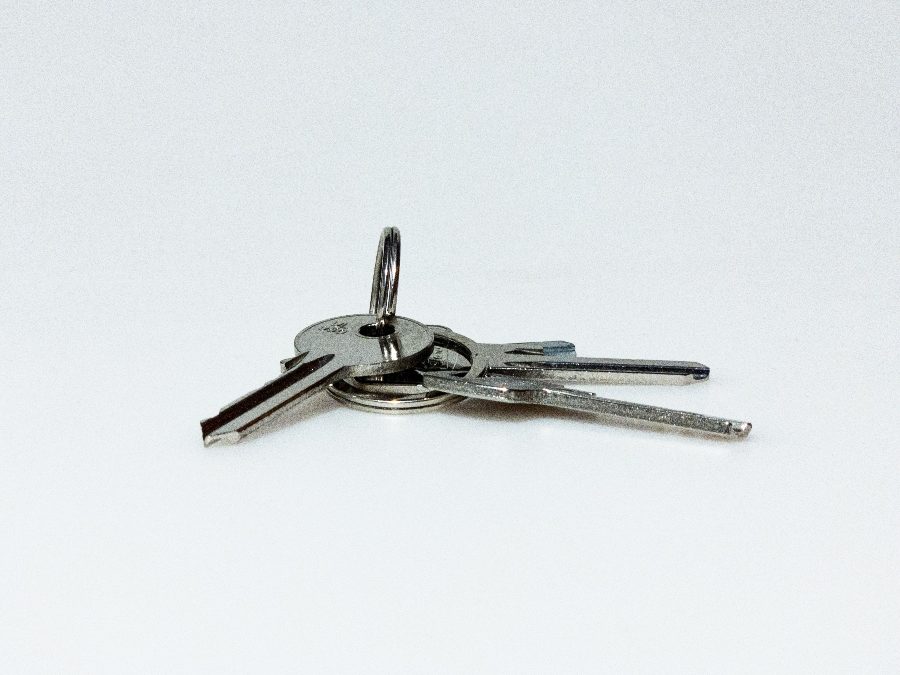If you are moving into a new home, a bridge loan can give you the cash you need to make the transition easier. A bridge loan solves the financing issues that come up if a homeowner wants to purchase a new home before they sell their current one. It’s important to have an understanding of what a bridge loan is and how it works.
What is it?
A bridge loan is a type of short-term financing that meets immediate cash flow needs when there is a discrepancy between the need and availability of funds. This type of financing is typically used for real estate transactions, but it is also often used in business while waiting for long-term solutions to financing. More specifically, a bridge loan gets rid of the cash crunch and “bridges the gap” when you are buying and selling a home at the same time.
Ideally, the best scenario is to have your home under contract and use the money from that sale to purchase a new home. However, this isn’t always possible. There are situations where this doesn’t work. One example is a job transfer. You need to relocate and don’t have time to wait for your current home to sell. That is where a bridge loan can help.
How Does it Work?
When it comes to bridging loans, there are two primary ways in which they are packaged:
Hold 2 loans
With this option, you borrow the difference between the current loan balance and up to 80% of your home’s value. The funds of the loan will be used to pay the down payment of the second home while you keep the first mortgage until the home sells, and you can pay it off.
Roll Both Loans into One
This option allows you to take out one big loan for up to 80% of your home’s value. The balance of your first mortgage is paid off and the second is applied to the down payment of your next home.
The primary reason that people opt for a bridge loan is that it allows them to put in an offer on a new home without contingencies, which means they are saying they can purchase the new home without having to sell their current one.
This is critical in a seller’s market where there are lots of buyers bidding on the same home. The seller is more likely going to choose a buyer with a no contingency offer because they are not depending on the sale of the buyer’s home to close the transaction. Plus, the buyer can make a 20% down payment, known as a piggyback loan, which can help avoid PMI or private mortgage insurance.
Keep in mind that a bridge loan typically has 6 to 12-month terms.
Advantages & Disadvantages of Bridge Loans
As with any other financial solution, there are advantages and disadvantages. We’ll take a look at these below:
Advantages
The primary benefit of a bridge loan is that you can place an offer on a new home with no strings attached. In a competitive market, this makes it more likely that the seller of a property will choose yours when they receive several offers. Plus, it makes it easier on your family if you need to move quickly for any reason. If homes are languishing on your local market, you may need to move before you’ve had a chance for yours to sell. On the other hand, if your home sells quickly, you may have to spend additional money moving into temporary housing while you look for a new one. A bridge loan can help.
Disadvantages
The primary disadvantage of a bridge loan is that they come with a large expense because of the higher interest rate and fees associated with a second mortgage. There’s also the issue of the shorter terms that come with a bridge loan. You have to pay it back usually within 6 to 12 months, which can be stressful if it takes longer than expected to sell your house.
Even if you expect to have no issues with repayment, unexpected circumstances can complicate things. Regardless of your financial situation, it can be stressful having two mortgage payments to make. Plus, not everyone qualifies. You need a stellar credit rating and sizable equity.
Finally, a bridge loan is more of a specialty product, so not all lenders offer them. you may have to find a different lender than the one that holds your primary loan. Of course, be sure to ask because even if they don’t, they may be able to recommend a good lender for your bridge loan.
Is a Bridge Loan a Good Idea?
The answer to this depends on a variety of factors including the current economy, your financial situation, your living situation, and so much more. It can be a great way to bridge the gap between the need for financing and the availability of funds. Contact Commercial One Group today to learn more about the advantages and disadvantages of a bridge loan and how it fits within your financial picture.

